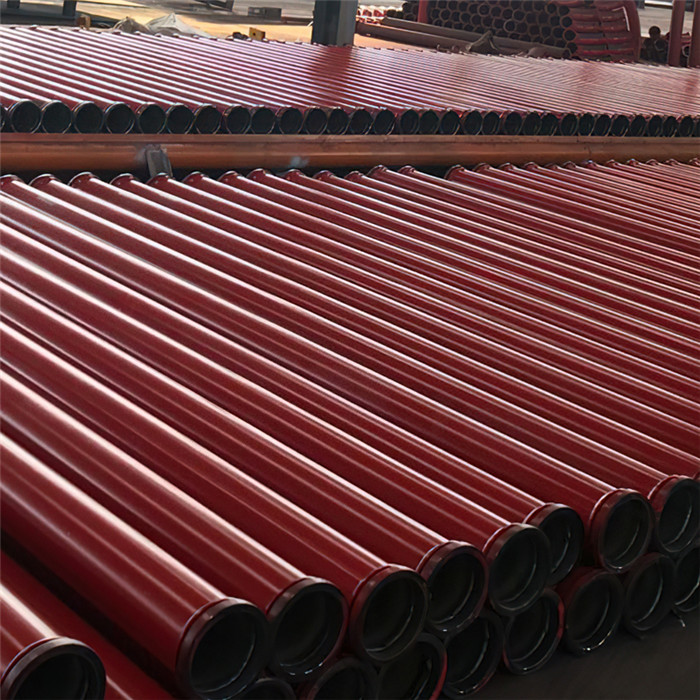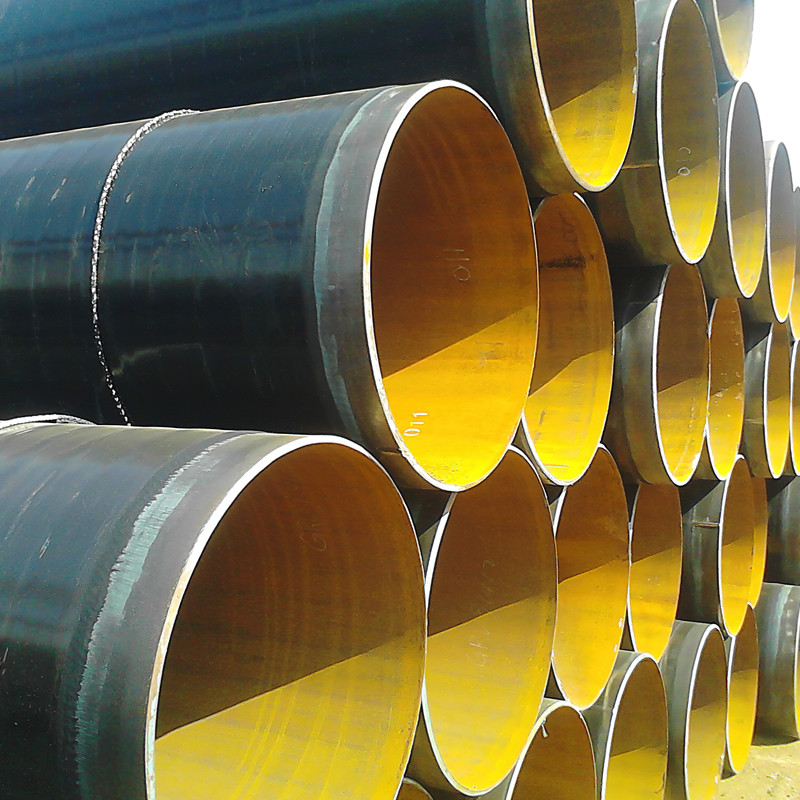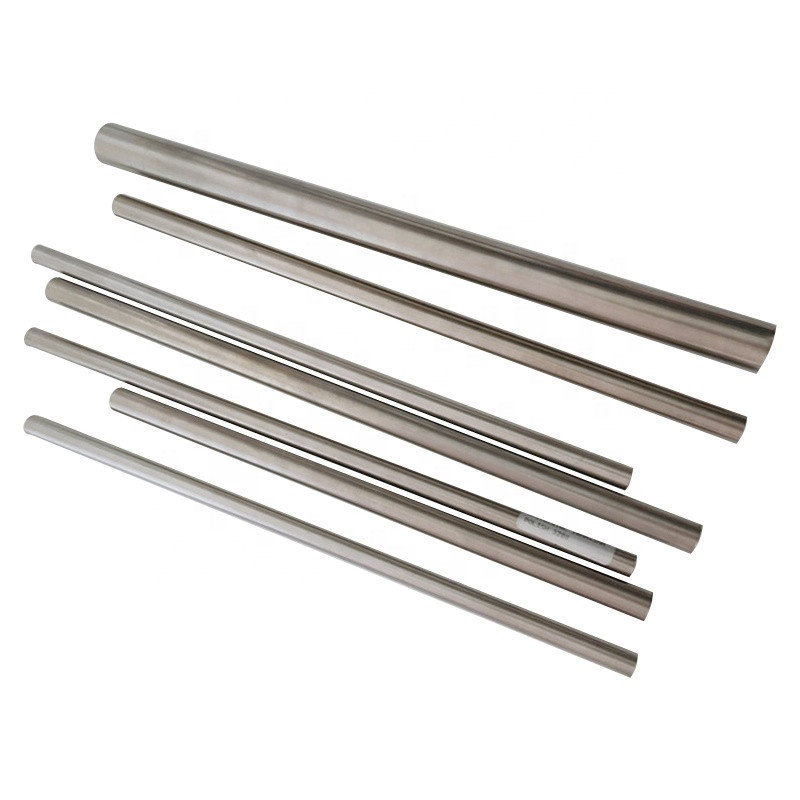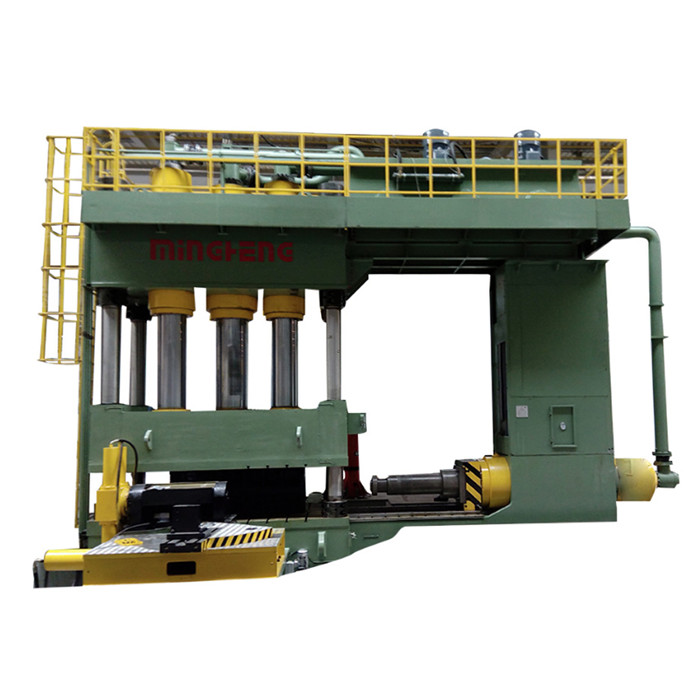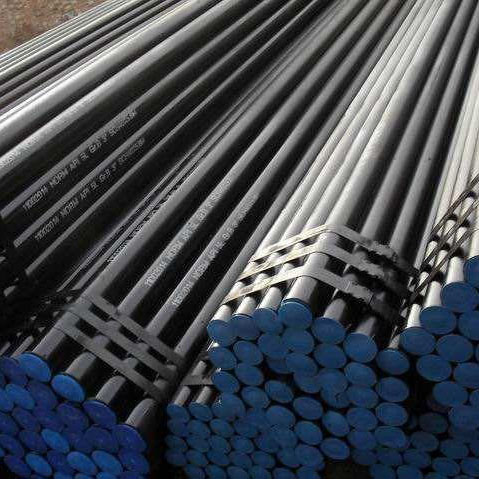Flanges and gaskets are critical components in piping systems across industries. Understanding the types of gaskets for flanges and the different types of flanges used in piping is crucial for selecting the right materials for any project. This article explores flanges types and pictures, and the various types of flanges in oil and gas applications. It also highlights the role of long weld neck flange manufacturers in producing high-quality flanges. Whether you're working in construction, oil and gas, or another industry, these components ensure the integrity of your piping systems.

Types of Gaskets for Flanges: A Critical Sealing Solution
When assembling flanged connections in a piping system, selecting the correct types of gaskets for flanges is essential for ensuring leak-proof performance. Gaskets are placed between two flanges to create a tight seal that prevents leakage of fluids, gases, or other substances through the joint. Different types of gaskets are designed for specific applications, each offering unique benefits depending on the material and environmental conditions.
Types of gaskets for flanges include:
-
Soft Gaskets: These are made of materials like rubber, elastomer, or PTFE and are ideal for sealing low-pressure and non-corrosive applications.
-
Metallic Gaskets: These gaskets are used in high-pressure and high-temperature environments, often made from materials such as steel, copper, or graphite.
-
Spiral Wound Gaskets: Often used in high-temperature or high-pressure applications, spiral wound gaskets are made by winding metal and filler materials together to form a resilient seal.
-
Ring Joint Gaskets: These gaskets are typically used in flanged connections for oil and gas pipelines and high-pressure applications.
Milih sing bener types of gaskets for flanges ensures that the sealing performance is maximized, and the system can function without risks of leakage. Factors such as temperature, pressure, and the type of fluid or gas being carried all influence the selection of the appropriate gasket material.
Different Types of Flanges Used in Piping: Ensuring Strong Connections
Understanding the different types of flanges used in piping is essential for engineers and maintenance personnel in selecting the appropriate flange type for specific applications. Flanges are used to join pipes together and ensure the system remains leak-tight. These flanges are available in various designs, and the type chosen will depend on the pressure, temperature, and nature of the fluid or gas being transported.
Some of the common different types of flanges used in piping include:
-
Weld Neck Flanges: This type of flange is commonly used in high-pressure and high-temperature applications. The long neck provides strength and reduces stress concentration at the joint.
-
Slip-On Flanges: These flanges are easier to install and are often used in low-pressure applications.
-
Blind Flanges: Used to seal the end of a pipeline or system, blind flanges come in various sizes and materials to match the rest of the piping system.
-
Socket Weld Flanges: These flanges are used in smaller-diameter pipes, particularly in high-pressure systems.
-
Threaded Flanges: Ideal for systems where welding isn’t possible, threaded flanges are often used in smaller pipelines.
Understanding the different types of flanges used in piping allows you to make informed decisions based on the needs of the piping system and the conditions it will be subjected to. Choosing the correct flange type ensures the durability and efficiency of the system.
Flanges Types and Pictures: Visualizing Piping Components
A detailed guide to flanges types and pictures provides a visual representation that can help professionals select the right flange for their needs. From weld neck flanges to slip-on flanges, each type has a distinct appearance and application. When comparing flanges types and pictures, it’s essential to understand their specific features, such as flange face types (raised face, flat face, or ring-type joint), pressure classes, and material specifications.
For instance, the weld neck flange is characterized by a long tapered neck that is welded directly to the pipe. Slip-on flanges are recognizable by their lack of a neck and are typically used for easier assembly. Threaded flanges are designed to screw directly onto a pipe, while blind flanges are flat and used to close off the ends of pipes.
Seeing flanges types and pictures side-by-side can provide better insight into the structural differences and how these variations can impact your system's performance. Visual guides are particularly useful for engineers and technicians to identify the appropriate flange and gasket for their piping system.
Types of Flanges in Oil and Gas: Specialized Solutions for Demanding Environments
The types of flanges in oil and gas applications play a crucial role in ensuring the safety and efficiency of pipelines. These flanges are designed to withstand extreme pressures, temperatures, and the corrosive nature of oil and gas fluids. The selection of the right flange type is critical to maintaining the integrity of the pipeline and ensuring that the system can handle the high demands of the oil and gas industry.
Key types of flanges in oil and gas include:
-
API Flanges: These are specialized flanges built to meet the standards of the American Petroleum Institute (API). They are designed for high-pressure and high-temperature conditions often encountered in the oil and gas industry.
-
RTJ Flanges: Ring-type joint (RTJ) flanges are commonly used in oil and gas pipelines due to their ability to withstand extreme pressures.
-
Long Weld Neck Flanges: These flanges are typically used in high-pressure applications in the oil and gas sector due to their strength and ability to handle fluctuating stresses.
In oil and gas pipelines, flanges must meet stringent regulations to ensure system safety. Therefore, it's crucial to work with long weld neck flange manufacturers who understand the specific needs of the industry and can provide flanges that meet these rigorous standards.
Long Weld Neck Flange Manufacturers: Meeting Industry Demands
The role of long weld neck flange manufacturers is pivotal in producing flanges that can handle high-pressure applications in industries like oil and gas, petrochemical, and energy. These manufacturers produce flanges that feature a long tapered neck designed to distribute stress evenly and prevent high-pressure leakage. Long weld neck flanges are favored in critical applications due to their strength and durability.
Long weld neck flange manufacturers ensure that the flanges they produce adhere to strict industry standards, such as ASME and API specifications. These flanges are often made from materials like carbon steel, stainless steel, or alloy steel, depending on the specific needs of the project. The precise manufacturing process ensures that the flanges can withstand extreme operating conditions, such as high pressures, corrosive environments, and fluctuating temperatures.
By working with long weld neck flange manufacturers, industries can ensure they are sourcing high-quality, reliable components that meet the requirements for their piping systems. These manufacturers offer customized solutions and can produce flanges in various sizes, pressure ratings, and materials.
Flanges and gaskets are indispensable components in the construction of piping systems, especially for high-pressure and complex industrial applications. Whether you're selecting types of gaskets for flanges or understanding the different types of flanges used in piping, it's important to make informed choices based on the specific requirements of the system. For critical industries such as oil and gas, choosing the correct types of flanges in oil and gas ensures the safety and longevity of the pipeline.
The variety of flanges types and pictures available helps professionals visualize and compare the different flange designs, making it easier to choose the right one. Finally, the role of long weld neck flange manufacturers is critical to providing high-quality, durable flanges that meet industry standards. With the right selection of flanges and gaskets, industries can maintain efficient, leak-free, and long-lasting piping systems.
Post time: Mar . 27, 2025 14:26










